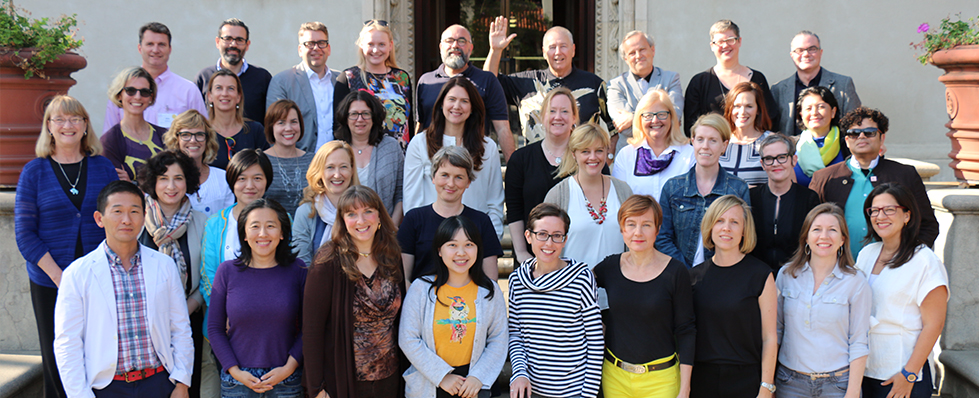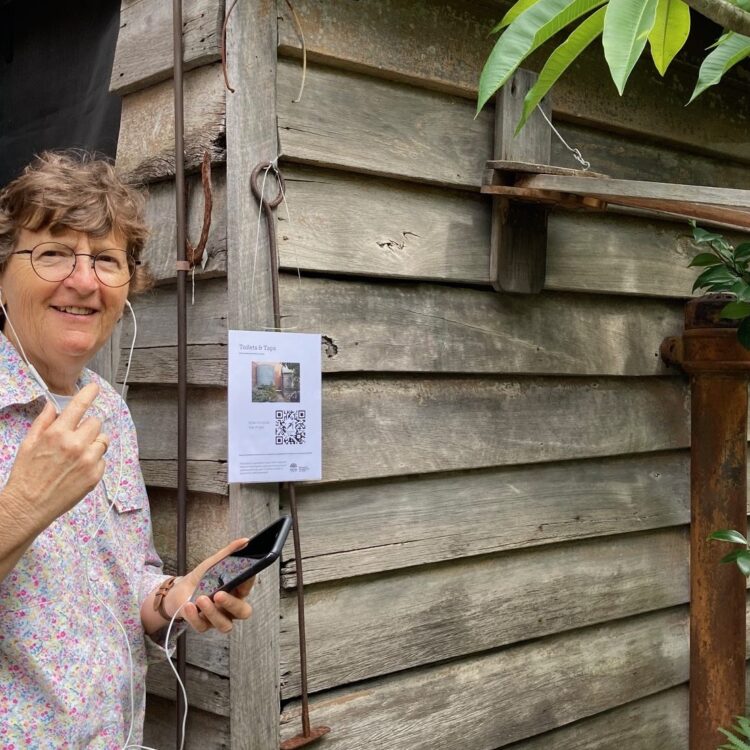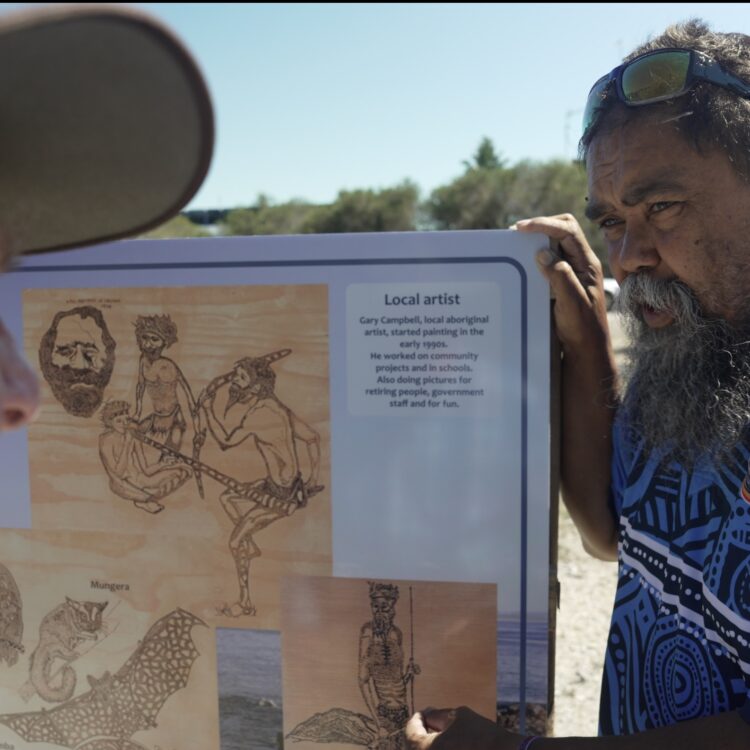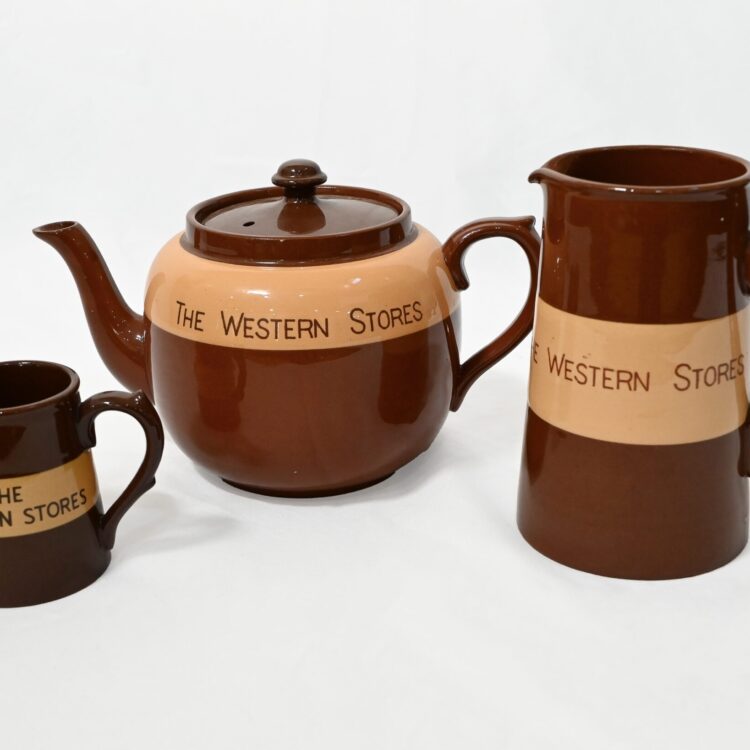
Applications for the Getty Leadership Institute 2017 programs are now available.
The renowned Executive Education Program for Museum Leaders is entering its 38th year. The program is designed to help experienced top-level executives become better leaders to strengthen their institutions’ capabilities and advance the field.
NextGen 2017 is a blended-learning experience for the field’s emerging top talent. The program is designed for med-level professionals with three to five years of museum management experience and extraordinary leadership potential. The program features one week of online courses and one week of residency in Claremont, California in March 2017.
GLI 2017 is targeted to top senior-level executives in the first two to seven years in their leadership positions. The program will run for two weeks online in May 2017 and two weeks in residency in Claremont, California in June 2017.
The vitality of these programs has been strengthened in recent years through the refinement of a blended-learning format, the inclusion of new curriculum topics relevant to the changing field, and wider-reaching attendance by museum professionals from around the globe. The program has extended the duration of the online modules, introduced an alumni mentoring program, and now have a global network of close to 1600 alumni. The 2016 programs included 65 Fellows from 13 countries and courses explored advancing technology, the gig economy, and shifts in visitor expectations.
The GLI philosophy for advancing leadership builds proficiency in three main areas. First, know yourself and leverage your own leadership style. Second, know your organisation, the challenges your museum faces, and how to maximise the strengths of your teams. Third, know the field and leverage your knowledge to drive change for the betterment of society.



